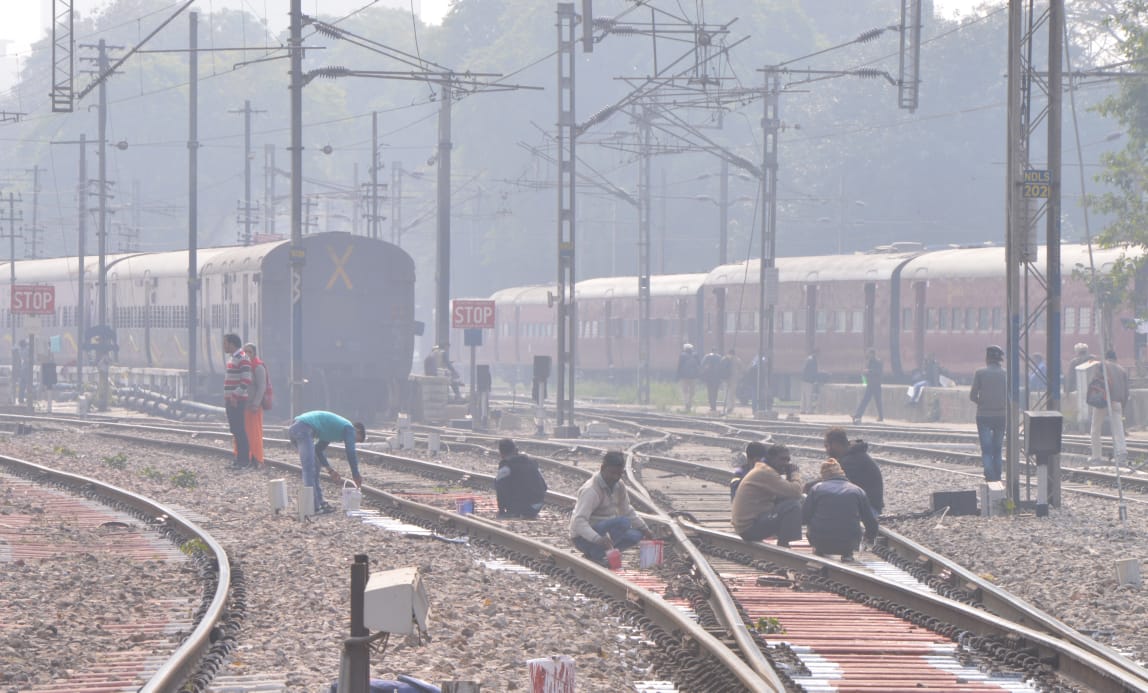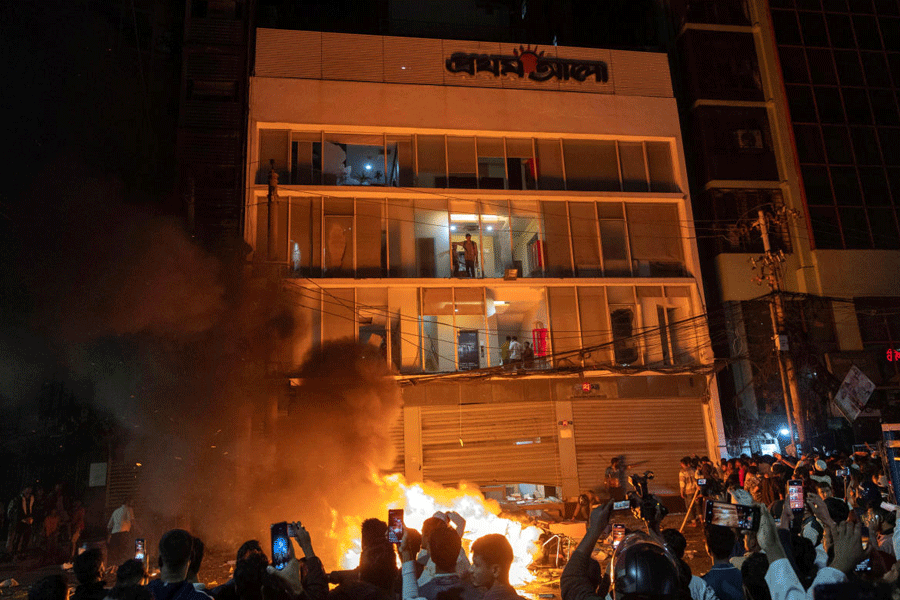Indian Railways has received a budgetary support of Rs 66,768.67 crore in the Union budget for 2019-20, an increase of 21 per cent, and the highest capital allocation of Rs 1.58 lakh crore.
Passenger fares and freight rates were left unchanged, as expected, with general elections only a couple of months away.
“The capital expenditure programme of the railways is at all-time high of Rs 1.58 lakh crore in the next financial year,” Goyal said in his budget speech.
The infrastructure sector has been allocated Rs 4.56 lakh crore in the budget.
Announcing the third combined railway budget, a budgetary support of Rs 66,768.67 crore for 2019-20, up 21.10 per cent, was proposed for the railways.
He proposed to allocate Rs 1,58,658 crore as capital expenditure, up from Rs 1,38,857.52 crore. The capital expenditure for 2018-19 was revised downwards by 5.22 per cent from Rs 1,46,500 crore. The planned expenditure would be a 148 per cent hike from the levels of 2014.
Manish Aggarwal, partner and head (energy & infrastructure) corporate finance, at KPMG, said, “Year 2018-19 has been the safest for the railways with an increase in the operating ratio and about 10 times increase in the renewable capacity over the last 4 years or so. This is essentially re-iterating focus on ‘micro infrastructure’ creation against staying with ‘macro infrastructure’ which is very critical to create a demand pull.”
Presenting the budget, Goyal, who also holds the portfolio of railways, said Indian Railways has “experienced the safest year in its history”.
Allocation for railway safety fund (Rashtriya Rail Sanraksha Kosh) was Rs 20,000 crore, same as 2018-19.
All unmanned level crossings on the broad gauge network have also been completely eliminated.
In the budget, Rs 7,255 crore has been allocated for the construction of new lines, Rs 2,200 crore for gauge conversion, Rs 700 crore for doubling, Rs 6,114.82 crore for rolling stock and Rs 1,750 crore for signalling and telecom.
Goyal also announced that the operating ratio for the current fiscal has improved to 96.2 per cent and in the next financial year the aim will be to lower it to 95 per cent. The operating ratio denotes the sum spent to earn one rupee.
“The operating ratio of the railways will improve from 98.4 in 2017-18 to 96.2 in 2018-19 and estimated at 95 per cent in 2019-20,” Rajaji Meshram, partner, EY India, said.
Passenger amenities have been allocated Rs 3,422 crore, which is an additional outlay of around Rs 1,000 crore for the comfort of rail users.
“The capital expenditure programme of the railways is at an all-time high of Rs 1.58 lakh crore in the next financial year. Vande Bharat Express, indigenously developed semi-high speed train, will give Indian passengers world-class experience. This major leap in wholly developed technology by our engineers will give an impetus to the Make in India programme and create jobs,” he said in his debut budget speech.
For the aviation sector, the budget allocated Rs 4,500 crore for 2019-20, down 54 per cent from Rs 9,700 crore (revised estimate) allocated during 2018-19. The ministry was allocated a total amount of Rs 9,700 crore during 2018-19 and Rs 2,663.99 crore during 2017-18.
The ministry of civil aviation has many tasks at hand, including reviving national carrier Air India and supporting its regional connectivity scheme Udaan. The scheme, whose third phase was launched recently, also plans to start flights for international destinations.
The budget also gave out for the first time the government’s intent to have electric mobility by 2030. “New India will drive on electric vehicles with renewables becoming a major source of energy supply,” Goyal said.










